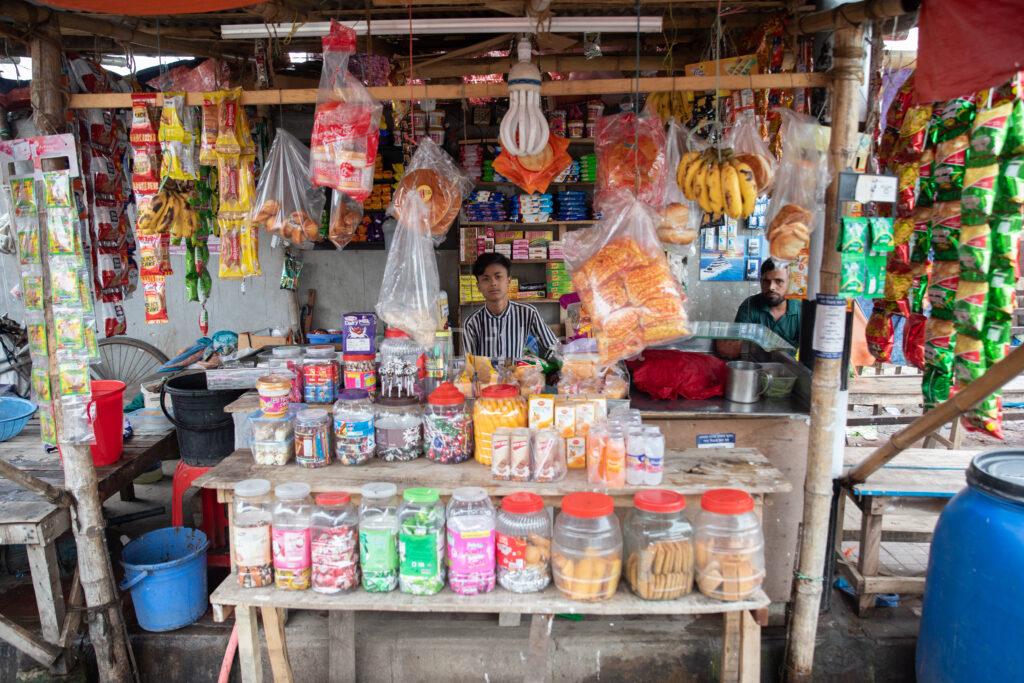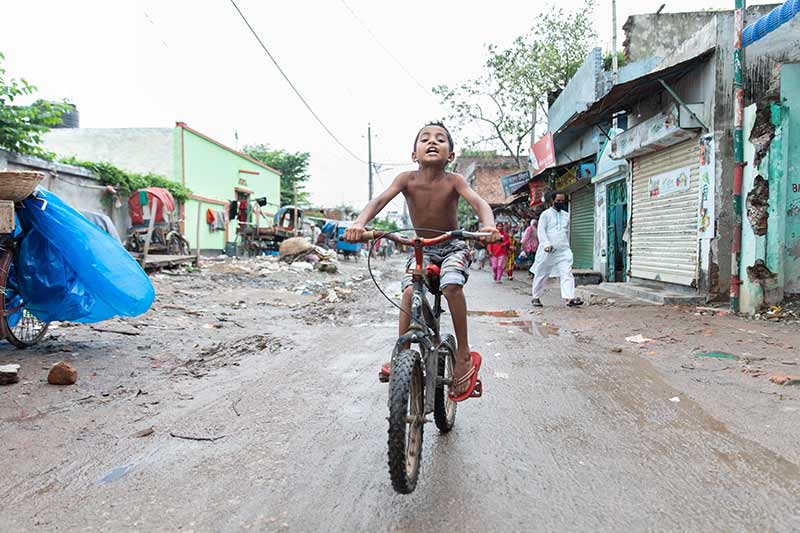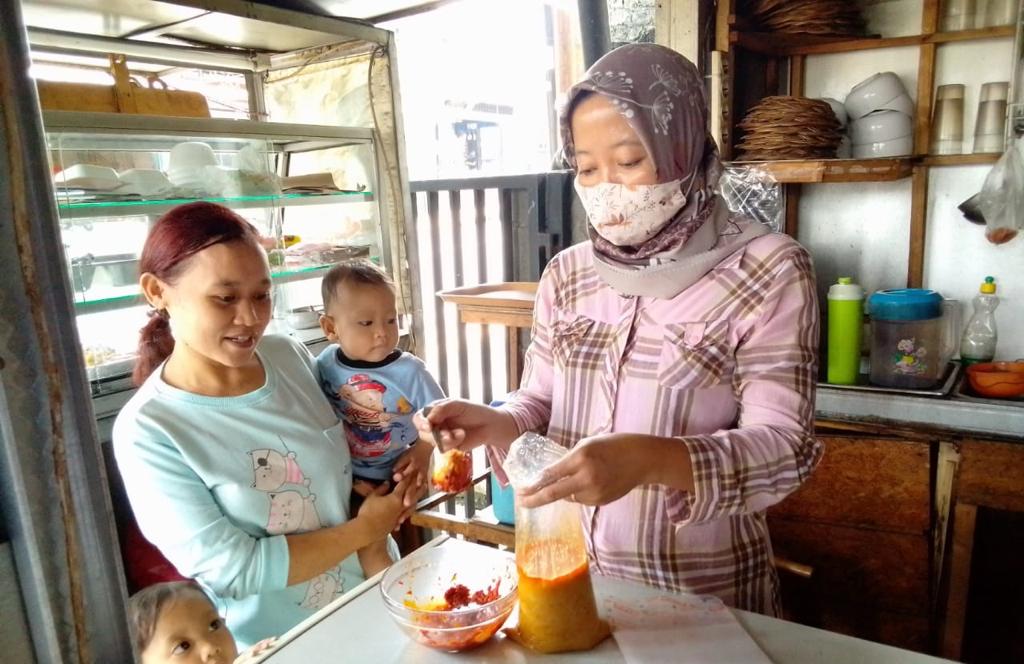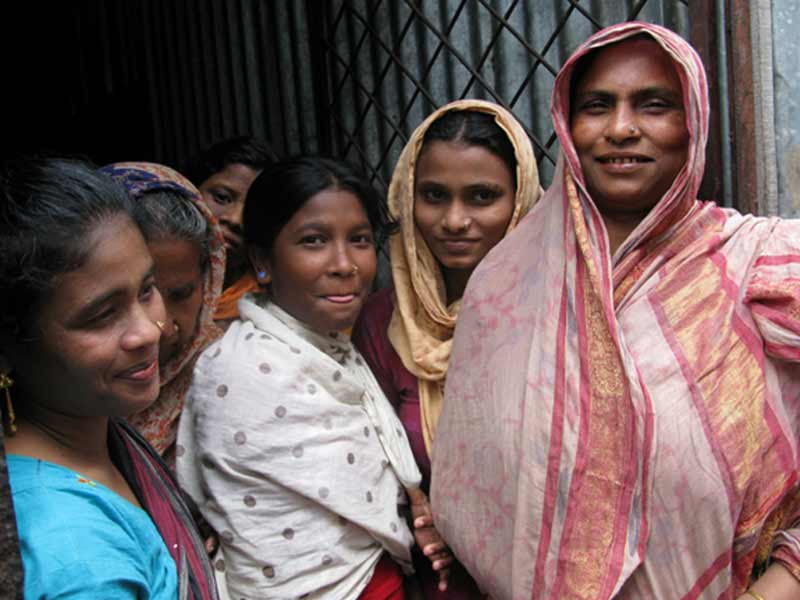
What Can We Learn from ‘Rich Food, Smart City’?
In early-2021, the Food and Agriculture Organization (FAO) and World Bank released a truly groundbreaking work. Titled Rich Food, Smart City: How Building Reliable, Inclusive, Competitive, and Healthy Food Systems is Smart Policy for Urban Asia, the report was the first ever systematic attempt to gain understanding of food systems in Asian cities.
It has been called “a powerful call to action for emerging Asia,” and certainly its scope is immense, constructed through countless discussions with city leaders, food practitioners, and policy researchers in 170 Asian cities and 21 countries.
So what can we learn from Rich Food, Smart City?
Urbanization is changing the game
Emerging Asia is currently experiencing unprecedented urbanization, both in scale and pace. Since 2000, the growth of Asia’s urban population has been greater than the entire size of North America’s urban population. More people have joined Asian cities in the past 20 years than exist in North American cities in total.
This has shifted traditionally rural food risks and challenges to cities. Today, a higher proportion of urban residents in Asia are food insecure than rural residents. In fact, nearly 25% of urban residents in Asia are food insecure.
A government policy blind spot
Rich Food, Smart City notes a culprit for rising food insecurity in Asia’s urban population, calling food and nutrition a “longstanding policy and government blind spot.” Generally, urban food systems have been addressed in a piecemeal and reactive manner, between uncoordinated and occasionally conflicting actors, resulting in inappropriate or ineffective policies, and often no policies at all.
Tellingly, only 8% of the 170 cities studied in Rich Food, Smart City were deemed to be “food-smart,” while three-out-of-four were at only the earliest stages of developing food systems policies.
An Opportunity
It’s not all bad news. Rich Food, Smart City promotes the “tremendous business opportunity” that exists in Asia’s growing middle-class. Consider, 90% of the next billion entrants to the middle-class worldwide will be in Asia. These people will want more high-quality, diverse food, and it is up to the food entrepreneurs of the future to provide it in a sustainable way.
What to do now
Rich Food, Smart City offers numerous policies and programs which governments, city planners, organizations, and industries can learn from. Two suggestions stand out:
First, the need for more robust collection and utilization of food systems data. It is this data which underlies all efforts at progress.
And second, collaboration between stakeholders, which stands as fundamental to constructing effective, inclusive solutions.
Get RICH
In the words of the report, “well-functioning food systems are a critical part of the economy, identity, and human and environmental health of Asian cities.” Accordingly, Asian cities “need to get smart to get RICH,” that is, Reliable, Inclusive, Competitive, and Healthy.
Yet, where Asia has a reputation for innovation in many fields, here, cities are falling behind. To succeed, the report concludes, well-functioning food systems should become a “defining aspiration” of Asian cities.



